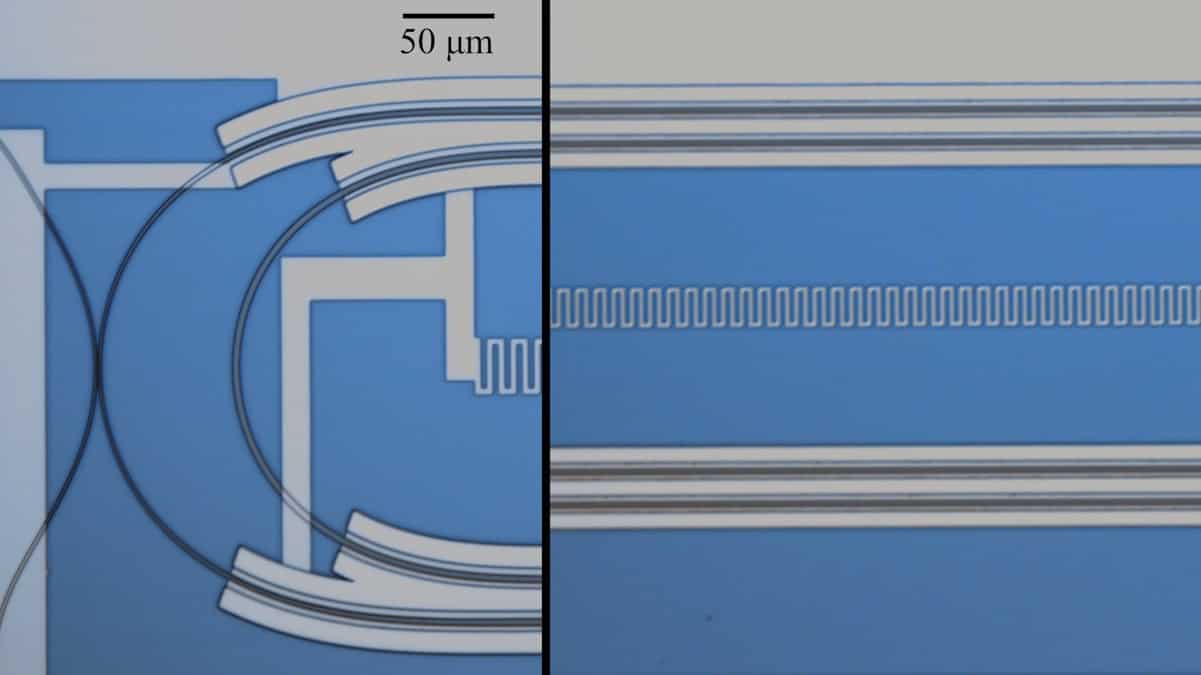Physicsworld
3w
26

Image Credit: Physicsworld
Quantum transducer enables optical control of a superconducting qubit
- A team at the Harvard John A Paulson School of Engineering and Applied Sciences has developed a novel quantum transducer for controlling superconducting qubits optically.
- The future of quantum communication and computing may rely on superconducting qubits and circuits that can outperform classical supercomputers.
- Superconducting qubits require ultralow temperatures, posing challenges for large-scale refrigeration systems.
- Optical signals at telecom frequencies offer a smaller form factor and lower thermal loads compared to microwave components.
- A microwave–optical quantum transducer has been created to provide a bidirectional link between microwave and optical frequencies.
- The device developed by SEAS researchers converts optical frequencies into microwave frequencies with low loss, enabling optical control of superconducting qubits.
- The transducer uses a process called difference frequency generation to create a microwave signal from optical inputs, allowing control of qubit states.
- With a peak conversion efficiency of 1.18%, the transducer demonstrates low noise generation and the ability to drive Rabi oscillations in a superconducting qubit.
- Future improvements could enhance device performance, including reducing coupling losses, increasing optical bandwidth, and improving measurement methods.
- This type of transducer could be crucial for networking superconducting qubits and enabling large-scale quantum processors with all-optical interfaces.
Read Full Article
1 Like
For uninterrupted reading, download the app